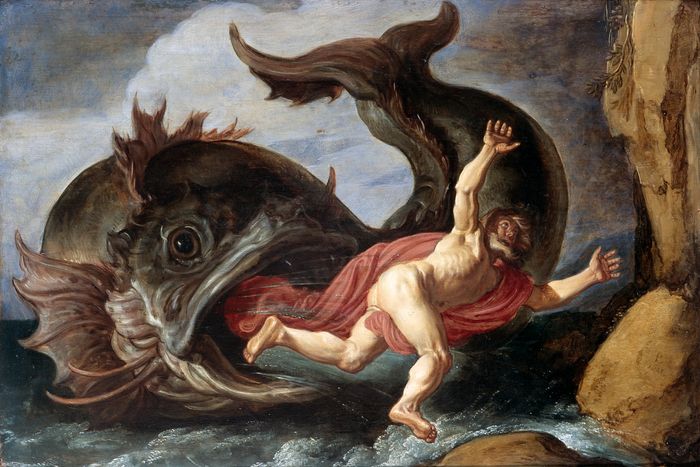The creepiest Cambrian critters to massive marine reptiles, wonderfully weird sea creatures have inhabited our oceans for over half a billion years. We’ve put together a list of 25 of the strangest ancient sea monsters ever to have lived, all of which went extinct long before humans came along. The only reason we know that these evolutionary marvels existed is because some left behind fossilized remains in rocks.
Plesiosaurs
Plesiosaurs were a group of marine reptiles with boat-like bodies and four flippers. There were long-necked plesiosaurs and short-necked plesiosaurs. Plesiosaurs lived from the Triassic period (251.9 million to 201.4 million years ago) until they went extinct alongside the non-avian dinosaurs at the end of the Cretaceous period (145 million to 66 million years ago). They lived across the world’s oceans.
Helicoprion
Helicoprion, or the ‘buzz saw sharks’ was a group of shark-like fish with a spiral jaw that made their teeth resemble the edge of a buzz saw. They inhabited Earth’s oceans from the Devonian period (419.2 million to 358.9 million years ago) to the Triassic period, according to the Australian Museum (opens in new tab). Fossil records indicate that these fish grew up to around 25 feet (7.7 m) long, making them 5 feet (1.5 m) longer than the largest known modern great white sharks .
Habelia optata
Habelia optata was more of a mini monster, with a body length of up to 1.6 inches. These tiny sea predators had helmet-like heads and creepy mouth appendages for catching and ripping apart their prey. Hoptata fossils can be found in British Columbia, Canada, and date back around 505 million years to the Cambrian period (538.8 million to 485.4 million years ago), according to the Royal Ontario Museum.
Lyrarapax unguispinus
The Cambrian period also saw the reign of a claw-faced sea monster that was totally unlike anything swimming in our oceans today. Lyrarapax unguispinus was one of many bizarre arthropods that lived during the Cambrian period, but even for its time, this species was strange. It grew up to 3.2 feet (1 m) long and had a claw-shaped appendage on the front of its head to grasp prey. This killer arthropod was one of the world›s first apex predators.
Mosasaurs
Mosasaurs may not be the strangest animals on this list, but they are certainly worthy of the name sea monster. Before they fell to the same fate as the nonavian dinosaurs, this group of marine reptiles roamed the world›s oceans, chowing down on almost anything that moved, including other mosasaurs. A 2014 study in the journal Proceedings of the Zoological Institute RAS estimated that the mosasaur Mosasaurus hoffmanni grew to be around 56 feet (17 m) long.













